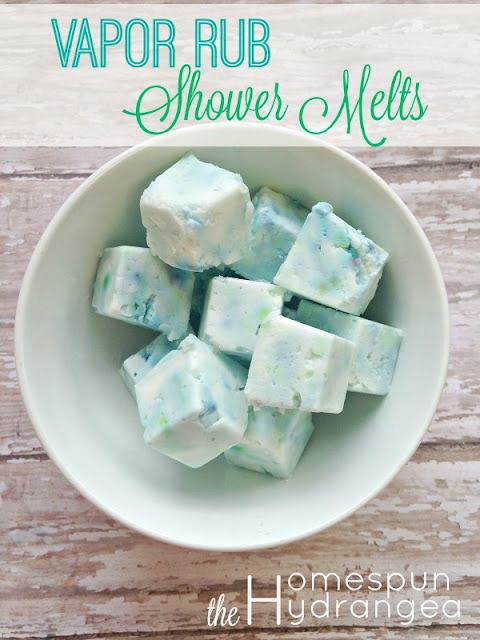
My Top 5 Helpful Weight Strategies For Hashimoto’s
Weight gain and the inability to lose weight may be a devastating consequence for many with hypothyroidism.
Many of you have been asking how to lose weight with Hashimoto’s and hypothyroidism…
Here are some helpful strategies for weight management and Hashimoto’s:
1. Get Your Latest Lab Values
Get your latest lab values for TSH, Free T3 and Free T4 from your doctor. You may have been told that these numbers were “normal”, but sometimes when these numbers are on the outskirts of normal, your metabolic rate may still be impaired making it more difficult for you to burn calories.
Additionally, new guidelines have redefined the normal range for TSH to be below 3, however, not many labs have implemented this guideline. Your doctor may be using old ranges.
Most people report feeling well with a TSH between 0.5-2. 0. Remember, thyroid medications are dosed in micrograms, (that is 1/1000 of a milligram), sometimes a teensy increase in the dose can make a world of a difference. Talk to your doctor.
2. Consider The Type of Medication You Are Taking
Some report more weight loss with T4/T3 combinations (Armour, Nature-Throid, compounded medications) versus T4 medications (Synthroid, Levoxyl, Tirosint) alone. T4 is a precursor to T3, but some individuals do not convert T4 to T3 properly, and the T3 component is the metabolically active one. For more information, make sure to read my article on which thyroid medications are best and my top 11 thyroid medication tips.




